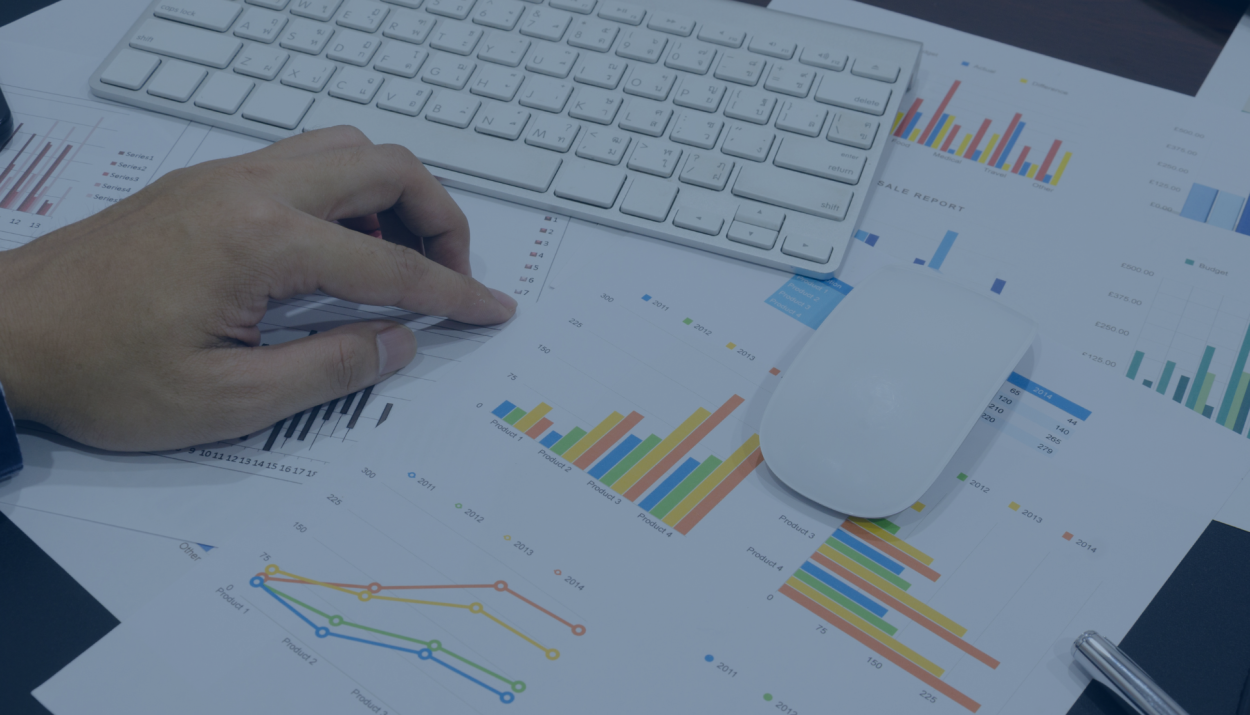Once the backstage machinery of global commerce, supply chains have now become headline material. From the war in Ukraine to rising tensions in the Taiwan Strait, and from climate-driven regulation to AI-powered disruption, supply chain managers are now grappling with a storm of global pressures. As noted by McKinsey, resilience and visibility have become board-level priorities, not back-office tasks. Supply chains are no longer linear; they’re vast, fragile ecosystems under constant stress. Firms are being forced to rethink how they move goods, trace emissions, secure sensitive data, and deal with regulatory demands across borders. In this article, we examine six critical challenges facing supply chain leaders worldwide and what it takes to thrive in this new era of uncertainty.
1. Geopolitical Instability and the Fragile Web of Global Trade
Can companies stay agile and affordable while planning for the unplannable?
Picture the Port of Kaohsiung in Taiwan, one of Asia’s busiest container hubs, shutting down unexpectedly due to regional tension or military drills. That kind of disruption could instantly choke off electronics and petrochemicals exports used globally. Meanwhile, the war in Ukraine has already exposed vulnerabilities in Europe’s supply of critical raw materials.
In response, companies are shifting from a traditional just‑in‑time mindset to a “just‑in‑case” strategy, stocking buffers, diversifying suppliers and embracing dual‑sourcing and near‑shoring. The trend dubbed friendshoring sees firms relocating production to politically aligned countries, even at higher cost. Apple, for instance, is expanding iPhone manufacturing in India and Vietnam to reduce reliance on China-centric production. The global trading web is no longer taken for granted, but being rewired in real time.
2. Green Tape: Navigating the ESG Regulatory Minefield
Can firms manage supplier due diligence across dozens of countries without breaking the bank?
ESG compliance has morphed from a corporate social responsibility nicety into legally binding obligation. The EU’s Corporate Sustainability Due Diligence Directive (CSDDD), adopted in mid‑2024, now mandates firms with over €450 million turnover or 1,000 employees to conduct human rights and environmental due diligence across their entire value chain, facing real liability if they fail. Meanwhile, the US Uyghur Forced Labor Prevention Act (UFLPA) presumes all products from Xinjiang are tainted by forced labour unless rigorous evidence is provided, affecting brands from fashion to electronics.
Even mid‑sized companies are being swept in. Australian firms have been accused of importing goods linked to Uyghur forced labour, prompting calls to toughen their Modern Slavery Act. Reliance on AI tools like FRDM.ai is helping businesses map multi‑tier supply chains, but the cost and complexity remain high. Navigating green tape requires legal vigilance, technological investment and often a rethink of supplier networks.
3. The Digital Visibility Gap
How can firms digitise fast, without deepening silos or risking security?
Imagine a retailer narrowly avoiding a stock‑out thanks to predictive analytics signalling a surge in demand three days ahead: a real win! Yet such cases remain the exception. Many businesses still lack unified visibility across suppliers and transport modes, making them slow to react to emerging disruptions.
Early adopters using AI‑guided “control towers” and digital‑twin models are seeing dramatic gains: up to 35% better forecasting, fewer stockouts and sharper logistics decisions. Mars, for example, uses Celonis AI to consolidate truck loads, slashing manual labour by 80% and reducing emissions. Meanwhile, platforms like FourKites and Uber Freight offer AI copilots that answer logistics queries in real time and suggest cost‑saving routes.
However, a steep digital divide persists. Small and mid‑sized firms often lack expertise, investment or clean data to join the AI revolution. Bridging the gap demands not only new tools but also data quality, cultural change and robust cybersecurity.
4. Hacks on the Tracks: The Cyber Threat to Supply Chains
Is your supply chain’s weakest link also its most connected?
In mid‑2021, a ransomware attack on South African port operator Transnet brought multiple terminals to a standstill, prompting force majeure declarations and disrupting around 60 % of the country’s container traffic. More recently, UK retailer Co‑op was hit by a cyber incident that paralysed ordering systems, leaving shelves empty in stores across the country and forcing logistics improvisation.
These examples show that cyber threats are no longer just an IT problem, they’re a boardroom concern. The EU’s NIS2 Directive, reinforced in late 2024, makes supply‑chain security mandatory and holds executives personally accountable for vendor risk. Firms are now appointing supply chain security officers, integrating cybersecurity as part of enterprise risk management and vendor selection. In this era, resilience means securing every link, not just the obvious ones.
5. Robots Rising: Labour Gaps and the Automation Dilemma
Can automation be scaled humanely and fast enough?
Warehouse floors in peak season often resemble a half‑automated patchwork: robotic arms speeding along pick‑paths while human workers race to catch up with surging orders. In 2025, labour shortages persist, with fulfilment centres struggling to recruit staff for repetitive tasks and automation stepping in. Amazon, for instance, has deployed over 750,000 robots globally, reducing costs by around 15 % since 2023, while freeing employees for higher‑value roles like robot maintenance and flow‑control roles.
At the same time, more agile newcomers and firms like DHL, ordering 1,000 Stretch robots for package handling, are leaning on Autonomous Mobile Robots (AMRs) to boost throughput and mitigate injury risk.
Meanwhile, humanoid robots, such as Tesla’s Optimus and solutions from Neura Robotics, are blurring lines between fiction and factory floor reality. Yet concerns about job substitution, ethical implications and regulation around driverless freight remain. Scaling automation demands not just investment in hardware, but a human-centred strategy, workforce reskilling and careful regulatory navigation.
6. Going Circular: The Green Supply Chain Revolution
Can businesses balance profit and planet in their supply chains?
Sustainability now demands more than offsetting emissions, it’s about fundamentally redesigning flows from end‑use to origin. Take, for instance, the textile start‑up SuperCircle, which partners with major brands to operate full‑stack reverse logistics: collecting used clothing, repairing or recycling it into new fabric, and diverting waste from landfill. Meanwhile, British tech firm Circular Computing remanufactures enterprise laptops through a rigorous 360‑point process, certified carbon‑neutral, dramatically reducing CO₂ and resource use compared with new devices. Logistics providers such as Onepak integrate carbon accounting and provide transparent reporting across return flows, enabling clients to track impacts and enhance procurement decisions. Circular economy principles, repair, reuse and recycle, thus reshape procurement policies, inventory management and customer experience, with tech platforms embedding carbon accounting software at every stage. This is how firms can reconcile environmental stewardship with profitability in the green supply chain revolution.
Uncertainty Mixed with Opportunity
From climate pressures to digital borders, these challenges are not fading, instead they are converging into a new operating reality for supply chains. The winners will be those who see disruption not as a threat, but as an invitation to innovate. Smart supply chain leaders won’t just adapt, they’ll use these pressures as a springboard for smarter, more agile and more ethical operations. The next wave of supply chain excellence won’t come from static spreadsheets, but from scenario modelling, real-time data, and a sharper understanding of global risks and responsibilities. The future is uncertain, but it is also full of opportunity.
And what about you…?
- Which of the six challenges outlined feels most pressing for your organisation today, and why?
- What new technologies or processes do you think could give your supply chain a competitive advantage in the next five years?







